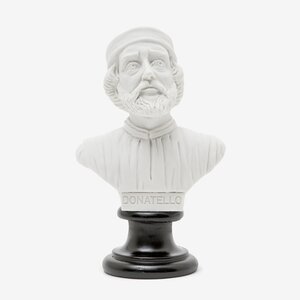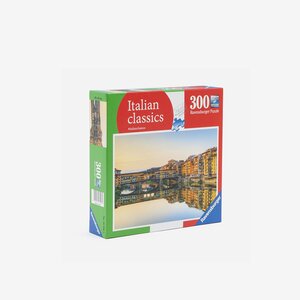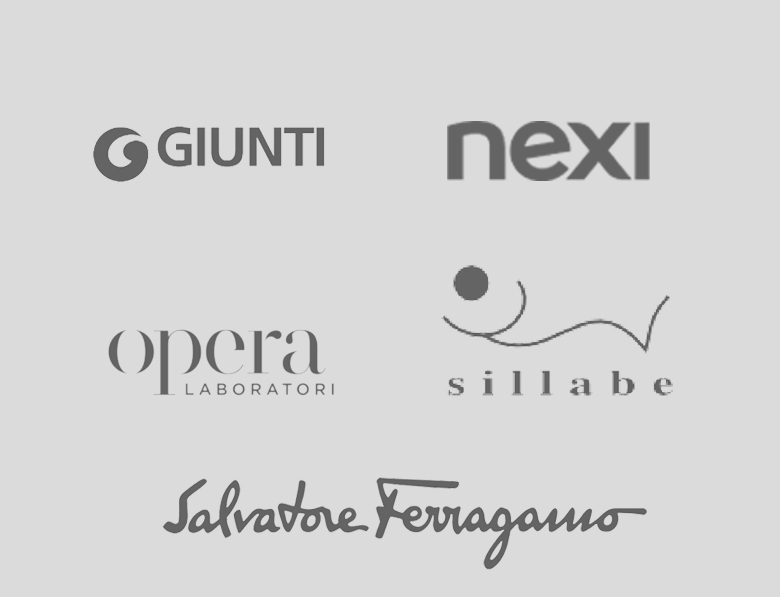PALAZZO PITTI
Piazza Pitti, 1
Purchased in 1550, Palazzo Pitti was chosen by Cosimo I de’ Medici and his wife Eleanor of Toledo as the new Grand-Ducal residence, and it soon became the new symbol of the Medici’s power over Tuscany. It also housed the Court of two other dynasties: the House of Habsburg-Lorraine (which succeeded the Medici from 1737) and the Kings of Italy from the House of Savoy, who inhabited it from 1865 to 1919. Nonetheless, the palace still bears the name of its first owner: the Florentine banker Luca Pitti, who in the mid-1400s commissioned its construction – perhaps based on a design by Brunelleschi – at the foot of the Boboli Hill beyond the Arno River. Today, Palazzo Pitti is divided into four museums: the Treasury of the Grand Dukes on the ground floor; the Palatine Gallery and the Imperial and Royal Apartments on the first floor; the Gallery of Modern Art; and the Museum of Costume and Fashion on the second floor.
Galleria Palatina
The Galleria Palatina, together with the Royal and Imperial Apartments, occupies the entire first floor of Palazzo Pitti. The lavish Gallery was founded between the end of the eighteenth century and the first decades of the nineteenth century by the Habsburg-Lorraine family, who hung about 500 masterpieces in the ceremonial rooms chosen from the main Medici’s collections. It is an impressive selection, which includes the largest concentration of paintings by Raphael in the world, as well as invaluable works by Titian, Tintoretto, Caravaggio and Rubens. The paintings in their lavish frames entirely cover the walls of the rooms which are enriched by sculptures, vases and tables with semi-precious stone inlays, typical of 17th-century galleries. The sensational series of frescoes by Pietro da Cortona for Grand Duke of Tuscany Ferdinando II de’ Medici, realized between 1640 and 1647 in the Planet Rooms, adds to the unique charm of the Gallery, where every work of art is enhanced by the setting and the furnishings. The Royal Apartments occupy the fourteen magnificent rooms of the right wing of the building and they contain a rich collection of furniture, objects and works of art dating from the sixteenth to the nineteenth century.
GALLERY OF MODERN ART
The Gallery of Modern Art is located in the rooms once inhabited by the Habsburg-Lorraine family on the second floor of Palazzo Pitti. The collections of paintings and sculptures, ranging from the end of the eighteenth century to the first decades of the twentieth century, are still added to today thanks to donations and purchases. Once inhabited by the Grand Dukes of Habsburg-Lorraine, these sumptuous rooms host Neoclassical and Romantic artworks and numerous major paintings from the Macchiaioli school, mainly from Diego Martelli’s collection. There are indeed a considerable number of historical paintings in the Gallery, including the well-known landscapes of the Maremma area by Giovanni Fattori, leading artist of the Macchiaioli movement. The nineteenth -century itinerary concludes with works of Decadentist, Symbolist, Post-Impressionist and Divionist movements. The various painters on display include: Hayez, Lega, Signorini, Fattori, Pissarro, Rosso, Boldini and Nomellini.
TREASURY OF THE GRAND DUKES
Formerly known as the Silver Museum, the Treasury of the Grand Dukes is located on the ground and mezzanine floors of Palazzo Pitti, and comprises the rooms that were once the summer apartments of the Medici family. Its walls, entirely frescoed on the occasion of the wedding between Grand Duke of Tuscany Ferdinando II de’Medici and Vittoria della Rovere (1637), are one of the first examples of quadrature and trompe-l’oeil perspective in Florence. It houses the precious Medici’s Treasure: semi-precious stone vases, rock crystals, ambers and ivories. The silverware comes from the Treasure of Salzburg, the collections of the Bishops of Salzburg, and was brought to Florence by Grand Duke of Tuscany Ferdinand III of Habsburg-Lorraine. The Museum also houses an important collection of jewellery realized between the 17th and 20th centuries and has a large section dedicated to contemporary jewellery.
MUSEUM OF COSTUME AND FASHION
The Museum of Costume and Fashion, founded in 1893 and formerly known as the Costume Gallery, is located in the Palazzina della Meridiana next to the southern wing of Palazzo Pitti. Started under Grand Duke of Tuscany Peter Leopold by architect Gaspero Maria Paoletti in 1776 and completed in 1830 by Pasquale Poccianti under Grand Duke Leopold II, the building takes its name from the astronomical instrument made by Vincenzo Viviani in 1699. The instrument is in the vestibule, with the gnomon pinhole, of Grand Prince Ferdinando de’ Medici’s apartment. Anton Domenico Gabbiani depicted the Allegory of Time and the Arts (1693) in the vault of the vestibule. The collection of the museum includes clothes, jewellery and accessories from the 18th century to today, along with a captivating group of stage costumes worn by movie, theatre and opera stars. Among ancient garments, the 16th-century funeral clothes of Cosimo I de’ Medici, Eleanor of Toledo and their son Garzia de’ Medici have been completely restored and are part of the permanent collection on display.
related products
-
DONATELLO
€23,00 -
FLORENCE PONTE VECCHIO PUZZLE
€11,00Original price was: €11,00.€8,00Current price is: €8,00.






